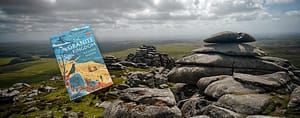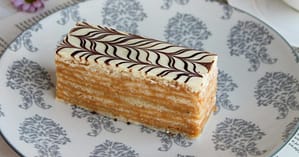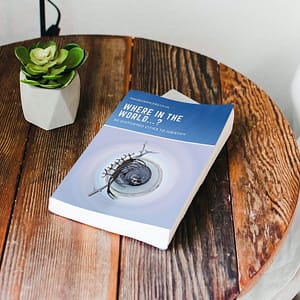Trulli, Puglia’s iconic conical roofed houses, were initially a tax avoidance scheme devised by the princes of Taranto. A tax was imposed on settlements so in order to avoid this tax the peasants were required to build dwellings using the rough limestone lying in the fields. A drystone technique (using no mortar) was used so that the houses could be rapidly dismantled when the king’s tax collectors were on their way so that all they would find would be heaps of stones.
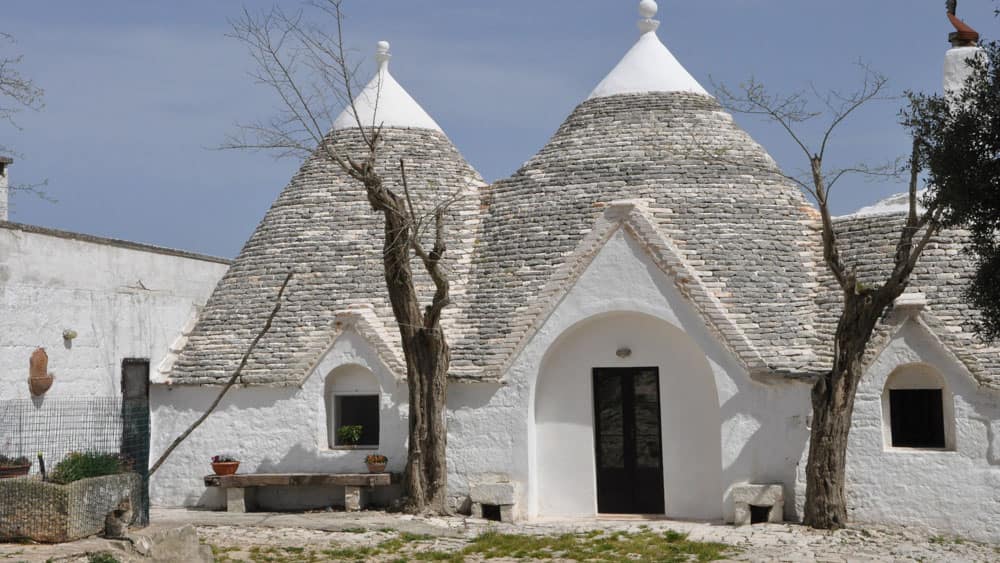
The trulli could also be easily dismantled if the tenants were dispossessed by the feudal lords. Tis however came to an end with the granting of a settlement, that legally didn’t exist, the status of a royal town by King Ferdinand IV, King of Naples. The name adopted was Alberobello which it retains even today.
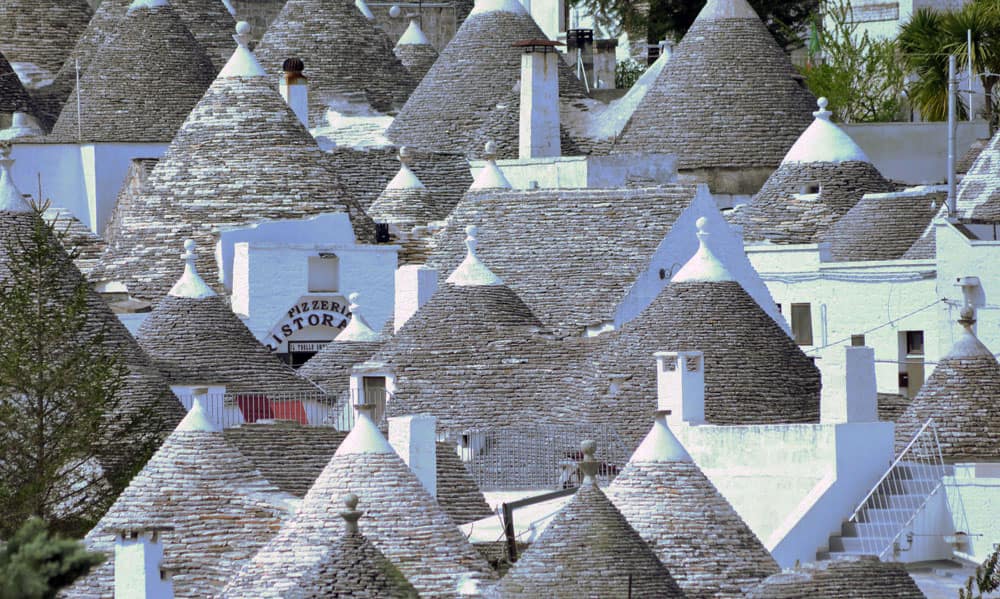
Trulli are not only found in the town of Alberobello but are scattered across the surrounding countryside as well. With the granting of the status of royal town the building of trulli declined in Alberobello but continued to be built in rural areas. The limestone littering the fields was readily available as a material for construction. However, there was less need for using the drystone method. Mortar began to be used making the buildings safer and windows were included.

Generally the limestone slabs used for the roofs were left in their natural state, eventually developing a patina of mosses and lichens. The walls however, were often whitewashed giving the current, iconic appearance.

Alberobello is the greatest concentration of Trulli in Puglia and is now a UNESCO World Heritage Site. The trulli are in two areas on opposite sides of a small valley. The Monti area covers about 6 hectares and contains 1030 trulli. The opposite side is the Aja Piccola quarter with around 590 trulli. In feudal times the peasants were forced to work in the farmyards between the two sides in what amounted to slave labour. It may look quaint now but there was a dark side to Alberobello.

As you wander around the streets of the trulli quarters of Alberobello you will notice that several of the them have symbols painted on the roof. These are usually mythological or religious symbols used to convey a message.
Trulli were also used as farm buildings in rural areas either as living quarters or for storing grain or housing livestock. Many of these can still be seen and are often still in use by the agricultural communities.

Far more recently the trulli have been used to house paying guests as visitors began to visit Puglia. Many trulli have been converted into self-catering accommodation and have been developed into luxury houses to rent. See a previous post, Trulli Amazing Accommodation, for a review of Holiday Trulli.

The trulli vary in size from what you can only term “cosy” to much more spacious interiors. The double, rubble filled walls are nearly always rectangular and the roof conical. At times the buildings are extended and there are two conjoined roofs. In Alberobello there are two trulli known as the “Trullo Siamese” because they are joined at the roof.


Although trulli are a popular tourist draw they still serve a purpose. Many of the trulli in Alberobello are lived in while in rural areas they are still used as farm buildings.
More information and booking
You can book a holiday in a trullo through Expedia.co.uk (£) where you can also book flights to Bari, the nearest airport. Alternatively you can visit the Holiday Trulli website and book direct.
Declaration: I travelled to Puglia as a guest of Pugliapromozione and stayed in a trullo in Alborobello as a guest of Holiday Trulli. However I value my editorial independence and write as I see things.

